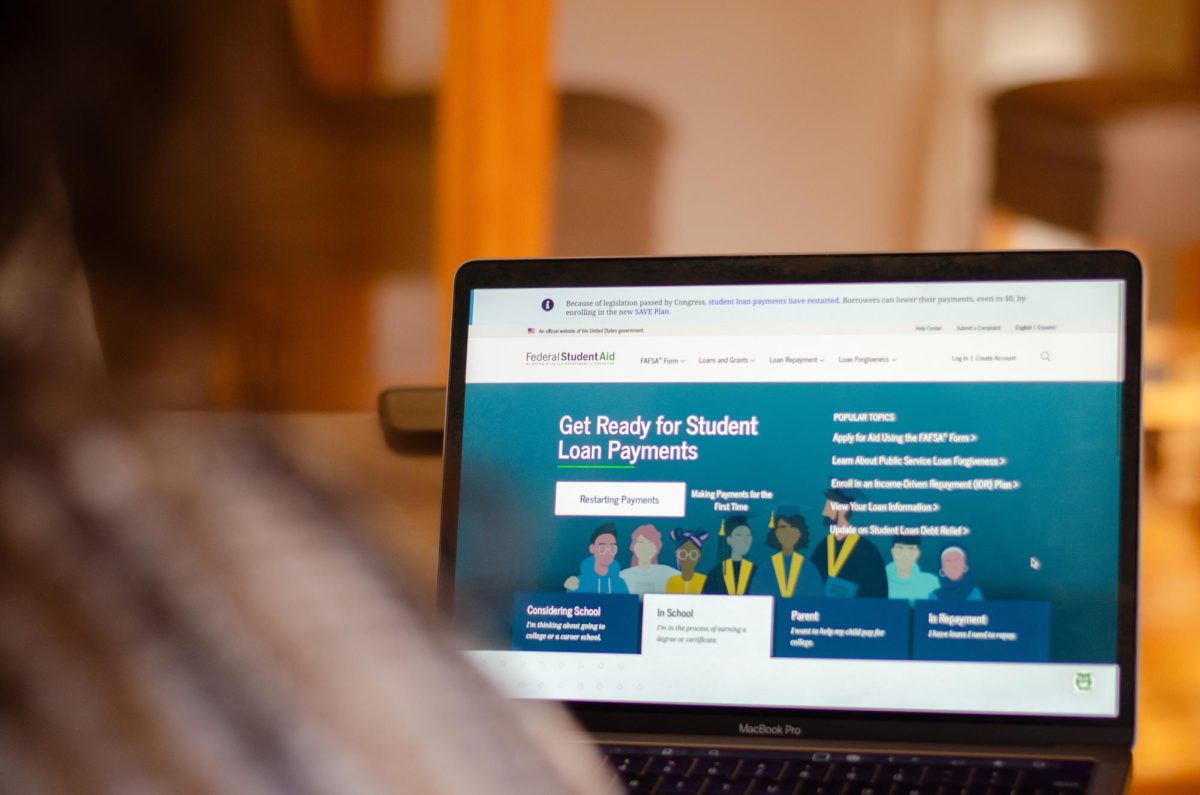The Free Application for Federal Student Aid has brought support to millions of students across the country. However, as some may be aware, the application has changes for the 2024-2025 application year.
The first, and most important, difference is a change of access date. Ever since the 2017-2018 rollout, the form has opened on Oct. 1; however, this season the form will open Dec. 31.
Second, the aid calculation formula is defining family in a new way, giving eligibility a refreshed perspective. The form will consider family size and federal poverty level, instead of the amount of family members that are in college at the same time. This will allow families who have multiple children in college or not to receive more aid.
To do this, the federal form will mandate that the FAFSA matches that data in the International Revenue Service, obtained through tax filing. This will be done using the IRS Data Retrieval Tool inside the FAFSA application. [1] For this reason, all applicants must ensure they and their guardian have access to FSA ID.
Given the application will be linked to existing data, this will make the application much faster. Some applicants will be able to complete the form by answering only eighteen questions, depending on their individual circumstances, allowing them to finish in about ten minutes.
Having IRS data in the application aims to gain the most realistic sense of the student’s financial circumstance. Additionally, a faster and simplified application aims to encourage more families to apply and ultimately follow the path to college.
The federal aid will be split in three main avenues of support: work-study funds, loans and grants.
For work-study funds, the government sets apart a pool of money each qualifying student can earn while working an on-campus position. This is very relevant to campus employers, as university departments that need student employees may have a limited budget. However, with work-study they can give students a position at little or no cost to them, relying on the government to cover the salary.
Loans, either subsidized or unsubsidized, provide money to cover costs from tuition to supplies, yet this money must be repaid to the government at the end of the students’ career.
The last, and most affected category by the 2024-2025 form renewal is grants. Grants are free money that aim to make the cost of college more realistic for everyone given their circumstances. Maximum Pell grants increased to $7,395 for the 2023-2024 application, from $6,895 for the 2022-2023 form. [2]
The changes come as a result of the implementation of the Biden-Harris Administration’s Bipartisan FAFSA Simplification Act. [3] This act aims to make college more attainable to more Americans. It is estimated that the renovated application will allow 610,000 students to be eligible for Pell Grants and 1.5 million be eligible for the maximum Pell grant.
Second year student Kye Hale recognized that although uncomfortable, the changes are likely to be beneficial for those who will receive aid for the first time. Specifically in Massachusetts, the renovated FAFSA is estimated to increase the number of Pell Grant recipients by 12,221 students and the number of Maximum Pell Recipients by 25,441 students.
To apply or learn more, visit the Federal Student Aid website at studentaid.gov; for specific questions, visit the One Stop at the upper level of Campus Center.
[1] https://studentaid.gov/help-center/answers/article/fafsa-simplification-act

